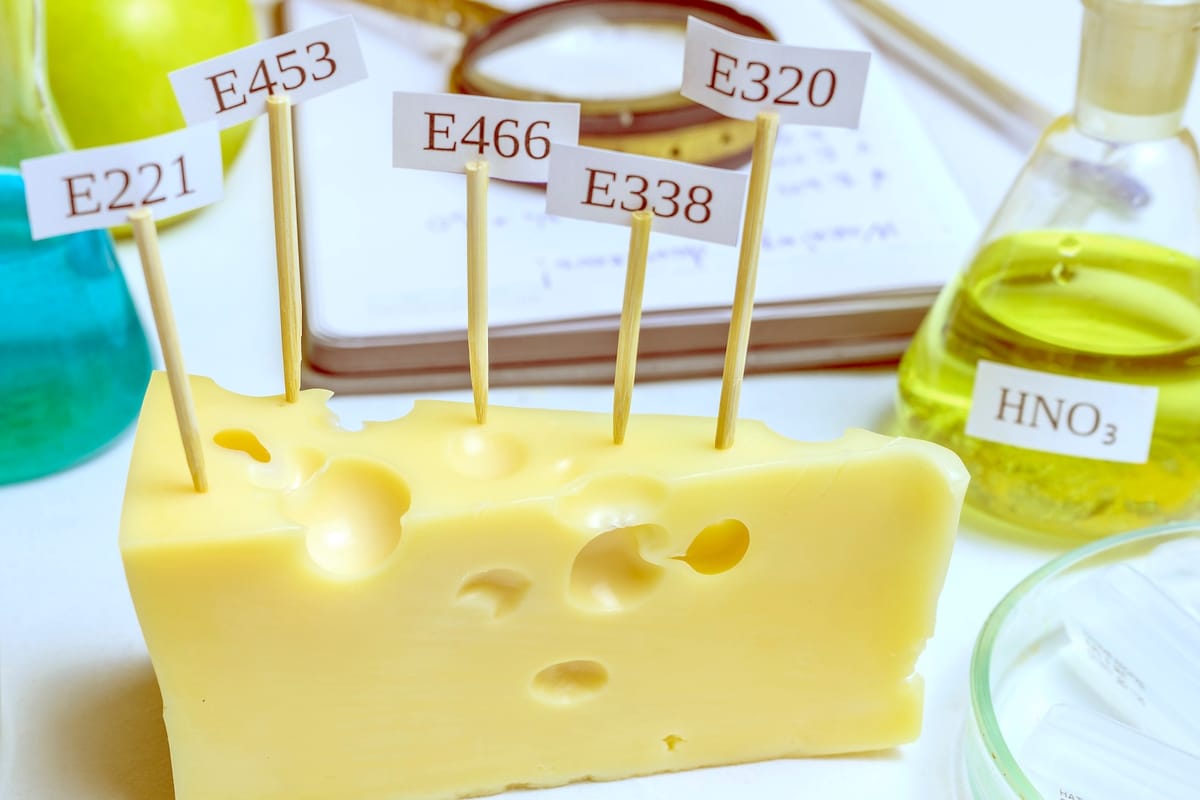

A Commitment to Healthier School Meals
The International Dairy Foods Association (IDFA) announced a significant step toward improving the quality of food served in schools. The organization unveiled the Healthy Dairy in Schools Commitment, a voluntary pledge to remove artificial dyes from milk, cheese, and yogurt sold to K-12 schools participating in the National School Lunch and Breakfast Programs. This initiative is in response to pressure from RFK Jr. as the new Secretary of Health & Human Services, who has concerns about the potential health risks associated with synthetic dyes, particularly for children.
The pledge from IDFA specifically targets seven artificial colors: Red 3, Red 40, Green 3, Blue 1, Blue 2, Yellow 5, and Yellow 6. These dyes, often derived from petroleum, have been used to enhance the visual appeal of dairy products but have faced scrutiny for their possible links to health issues. Their commitment ensures that by the 2026-2027 school year, dairy products served in schools will be free of these additives, aligning with broader efforts to prioritize student health.
Why Artificial Dyes Are Under Scrutiny
Health advocates have long raised concerns about artificial dyes, citing studies that suggest they may contribute to behavioral issues in some children. A 2021 report from the California Office of Environmental Health Hazard Assessment reviewed 27 trials and concluded that synthetic dyes can interfere with normal behavior in certain kids, potentially exacerbating symptoms of hyperactivity and inattention.
‘American children have increasingly been living in a toxic soup of synthetic chemicals,’ said FDA Commissioner Dr. Marty Makary during a press conference on April 22, holding up a vial of carrot juice as a natural alternative to synthetic dyes. Kennedy has also pushed for the removal of dyes, stating, ‘We will strengthen consumer trust by getting toxins out of our food.’ These statements reflect a growing movement to reduce synthetic additives in the food supply, particularly in settings like schools where children are most vulnerable.
Industry and Government Collaboration
The IDFA’s pledge is part of a broader push to align food industry practices with public health goals. All member companies, including major players like Sargento Foods and Turkey Hill Dairy, have signed on to the commitment. Industry officials noted that many dairy products sold to schools are already free of artificial dyes, as companies have been phasing them out or replacing them with natural alternatives like beet juice or turmeric. However, some products still contain the targeted dyes, prompting this unified action.
Agricultural Secretary Brooke Rollins praised the initiative, stating, ‘America’s dairy farmers and milk processors have always led the way in providing our families and schoolchildren with healthy, nutritious, and delicious milk products.’ She added, ‘Today’s announcement shows how the dairy industry is voluntarily driving change and giving consumers what they want, without government mandates.’ This voluntary approach has been highlighted as a model for other industries to follow, fostering collaboration rather than relying on regulatory mandates.
State and Federal Efforts to Ban Dyes
The dairy industry’s move comes amid increasing state-level action to restrict artificial dyes. Five states, including West Virginia, Virginia, and California, have passed laws banning synthetic dyes in school foods, with West Virginia’s law set to prohibit seven dyes in school lunches starting August 1. California banned six dyes from public school foods last year, with implementation beginning in 2027. The Environmental Working Group reported that 20 states have introduced nearly 40 measures in the first three months of this year to address artificial dyes and other additives.
At the federal level, the Food and Drug Administration (FDA) is taking steps to phase out synthetic dyes entirely. On April 22, the FDA announced bans on two dyes, Citrus Red No. 2 and Orange B, used in hot dogs and sausages, and outlined plans to eliminate remaining dyes by the end of 2026. ‘Today, the FDA is asking food companies to substitute petrochemical dyes with natural ingredients for American children as they already do in Europe and Canada,’ Makary said, emphasizing the need for a unified national standard to avoid a patchwork of state regulations.
Challenges and Future Outlook
While the dairy industry’s commitment has been widely praised, challenges remain in fully eliminating artificial dyes. Some companies, like PepsiCo, have noted difficulties in finding natural alternatives that match the vibrant colors consumers expect. ‘The consumers like them to be very red, and we have not yet found a vegetable dye that we can match,’ a PepsiCo executive reportedly told Kennedy, who responded by setting a two-year deadline for compliance. The FDA plans to fast-track approval of natural dyes, such as those derived from watermelon juice, carrot juice, and butterfly pea flower extract, to ease this transition.
The Consumer Brands Association, representing food manufacturers, has expressed support for a federal framework but urged the FDA to prioritize ‘objective, peer-reviewed’ research to ensure safety. ‘We appreciate that the administration has reasserted their leadership in response to the myriad of state activity in the food regulation space,’ said Melissa Hockstad, the association’s president and CEO. As the dairy industry leads the way, the broader food sector faces pressure to follow suit, potentially reshaping the landscape of school nutrition for the better.
Dues are $12 per year. Member benefits:
✅ Ad-Free Website Viewing
✅ Advocacy for Republican Seniors
✅ 120+ Senior Discounts
✅ Member Only Newsletters